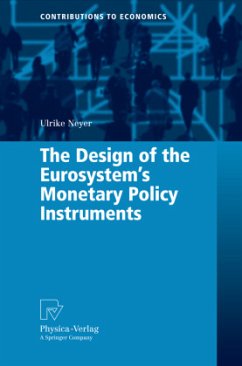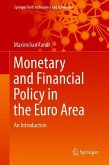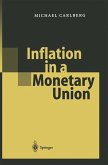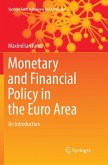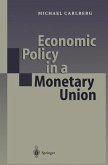The creation of a single monetary currency and a single monetary policy in the euro area has faced extraordinary challenges, among them the design of suitable monetary policy instruments. This book evaluates monetary policy instruments of the Eurosystem against a number of requirements. For doing so, a theoretical model framework is developed which brings together the monetary policy activities of a central bank and the liquidity management of banks considering the main characteristics and institutional features of the euro area. Main results of this analysis are that different costs of obtaining liquidity directly from the central bank can explain the existence of an interbank market in the euro area and the positive spread between the interbank market rate and the repo rate; that the redesign of the Eurosystem's instruments in 2004 has to be evaluated positively and that a further change to the minimum reserve system would enhance the flexibility of monetary policy in the euro area.
Bitte wählen Sie Ihr Anliegen aus.
Rechnungen
Retourenschein anfordern
Bestellstatus
Storno

